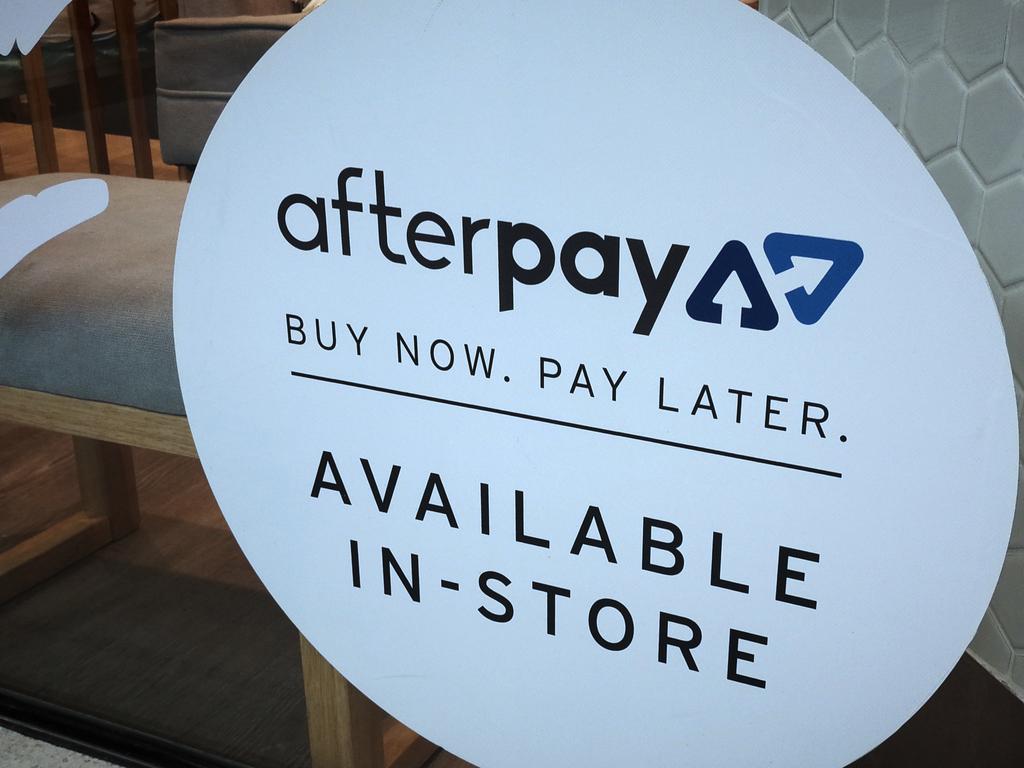New York professor Scott Galloway strikes at the heart of Australian retailing phenomenon Afterpay
Galloway’s critique of Afterpay highlights that competition is easy and good management and strong execution won’t be enough.

The attention of New York professor Scott Galloway is the last thing Australian retailing phenomenon Afterpay wants right now. Galloway’s searing criticism of WeWork directly contributed to the recent spectacular rejection of the office sharing group on the US public markets.
In the wake of the WeWork debacle, this is a crucial moment for Afterpay’s global ambitions. Galloway is becoming a leading voice in US markets and when he takes down any stock it is going to hurt.
More broadly, the WeWork drama has chastened investors and brought renewed attention to accounting treatments where rising stars such as Afterpay continue to make losses and hang their reputation on softer metrics such as earnings before interest, tax, depreciation and amortisation (EBITA).
Read more: Afterpay to sink or swim
Galloway, of the Stern School of Business, sharply described the Afterpay consumer base as “credit card rejects”, warning that “cool marketing is not a long-term differentiator”.
He says the current revenue multiple of around 37 times for Afterpay is “likely overvalued”, particularly compared to a near 18 times figure for global credit card incumbents Visa and Mastercard. Visa has already announced it will be entering the “buy now, pay later” space early next year.
The kernel of Galloway’s critique is that even with good management and strong execution, Afterpay and its international peers such as CBA-linked Klarna and Affinity — not to mention local rivals such as Flexigroup — all face a similar problem: this is not a difficult business to enter.
As Galloway explains, when it comes to competitive advantage “these companies have puddles rather than moats”. This is not a stunning insight. It is, however, a potent judgment coming from a market observer that is now enjoying a reputation similar to short-seller Jim Chanos in the aftermath of the Enron collapse a decade ago.
Galloway also points out that a large 9 per cent of Afterpay’s entire revenue is being spent on marketing.
Few doubt that Afterpay is a stunning innovation in the payments space and has been very successfully constructed as a consumer service.
Most of those investors are in our local market and will roll out the Afterpay defence arguments in the days ahead. As one fund manager likes to point out, it took JB Hi-Fi thirteen years to get to the same level of gross income of $250m that Afterpay managed in a two-year stretch.
Afterpay supporters will also point to the company’s remarkable achievements: 4 million customers, 32,000 merchants and a clearly supportive customer base who are mostly under 35. Moreover, that customer base is showing a willingness to purchase an ever wider array of products through the “buy now, pay later” instalment system.
However, the concerns around Afterpay are centred on the valuation of the stock, which has been a “30 bagger” for some early investors.
The problem, as Galloway indicates, is that it might not be possible for things to get any better for this stock which has run so far ahead of the market.
Afterpay, which is now an $8bn market cap stock, finished Tuesday’s session barely changed, down 0.8 per cent at $34.65. The stock has more than doubled over the year to date.




